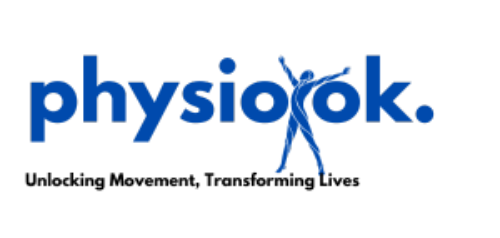Whiplash is a neck injury typically caused by a sudden movement of the head, often due to rear-end vehicle collisions, sports injuries, or falls. This rapid, forceful movement can lead to muscle strain, ligament damage, and joint disruption in the neck, resulting in pain, stiffness, and limited mobility. Physiotherapy plays a crucial role in the treatment of whiplash, helping patients manage pain, regain range of motion, and prevent long-term complications.
Symptoms of Whiplash
- Neck pain and stiffness: The most common symptoms, often exacerbated by movement.
- Reduced range of motion: Difficulty in moving the neck or turning the head.
- Headaches: Usually originating from the base of the skull.
- Dizziness, fatigue, and tingling: Symptoms indicating more widespread effects on the nervous system.
- Shoulder, upper back, and arm pain: Often due to referred pain or muscle strain from the whiplash incident.
Physiotherapy’s Role in Whiplash Recovery
-
Pain Management
- Physiotherapists use modalities like heat and cold therapy, TENS (Transcutaneous Electrical Nerve Stimulation), and ultrasound to manage pain.
- Manual therapy techniques like gentle massage and mobilization help relax tense muscles, reduce stiffness, and relieve pain.
-
Restoring Mobility and Flexibility
- Range-of-motion exercises tailored to the patient's injury level help gradually restore normal neck movement.
- Gentle stretching exercises focus on relieving muscle tightness and improving flexibility, which are essential for recovery.
-
Strengthening Exercises
- Specific exercises target weakened muscles in the neck, shoulders, and upper back to rebuild strength and provide support to the injured area.
- Strengthening exercises help improve postural control, reducing the likelihood of pain and stiffness recurrence.
-
Postural Training and Ergonomics
- Physiotherapists educate patients on maintaining proper posture, especially when sitting or using electronic devices, to prevent strain.
- Ergonomic advice ensures that daily activities do not strain the neck, supporting long-term recovery.
-
Joint Mobilization and Manipulation
- Physiotherapists use mobilization techniques to gently manipulate the cervical spine, restoring joint movement and easing discomfort.
- These techniques are often combined with soft tissue release to reduce muscle tension and improve overall neck mobility.
-
Education and Pain Coping Strategies
- Education is essential in managing patient expectations and reducing anxiety, especially since whiplash can lead to chronic pain if left untreated.
- Physiotherapists may teach relaxation techniques and coping strategies, helping patients manage their symptoms mentally and emotionally.
-
Home Exercise Program
- A tailored exercise program helps patients continue improving outside of therapy sessions, promoting gradual, steady recovery.
- This may include stretching, strengthening exercises, and posture correction to prevent stiffness and keep muscles active.
Benefits of Physiotherapy in Whiplash Treatment
- Prevention of Chronic Pain: Timely intervention with physiotherapy can prevent whiplash injuries from developing into chronic neck pain.
- Improved Function and Mobility: Patients regain flexibility and strength, making daily tasks easier and reducing discomfort.
- Reduced Risk of Re-injury: Physiotherapists provide strategies and exercises that reinforce the neck's muscles, decreasing the chances of future injury.
Conclusion
Physiotherapy is an essential part of recovery for individuals suffering from whiplash injuries. Through personalized treatment plans, physiotherapists assist patients in managing pain, regaining mobility, and strengthening the neck and upper back muscles. Early intervention and consistent rehabilitation are key to avoiding chronic pain and achieving a full recovery. Physiotherapy offers a holistic approach that not only addresses immediate symptoms but also supports long-term wellness and functionality.
